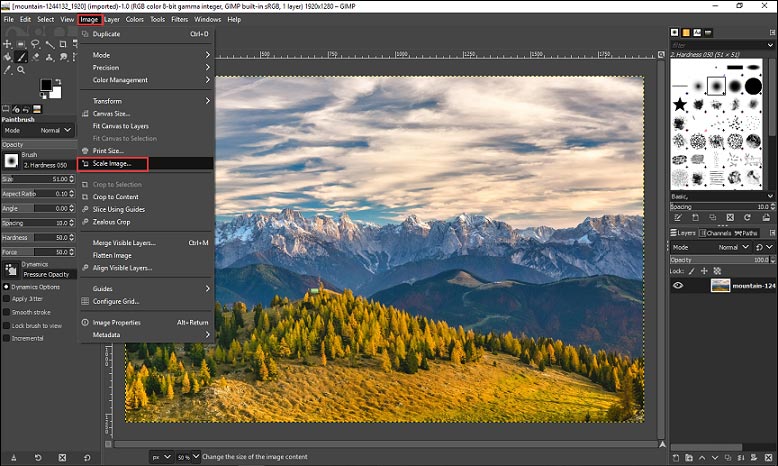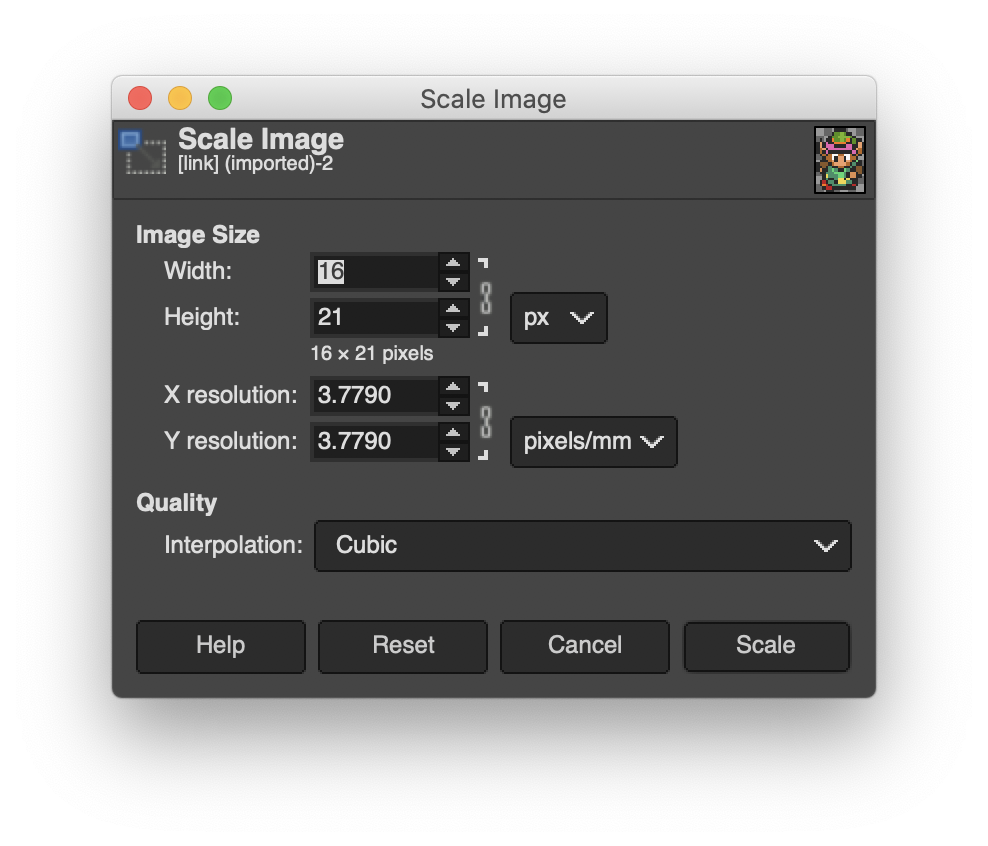

Now our nebulae are colorful, but they still look a little flat. This will merge the layers into one, combining their contents. To make it so that the color only applies to the nebulae, we’ll merge the layers: make sure the Color layer is immediately above the Nebulae layer in the Layers dialog (you can reorder the layers by dragging them), then right-click on the color layer and select Merge Down.

As is, the Color layer will color any layer that’s beneath it. When you’re done, simply change the layer’s mode to Color in the Layers dialog and you’ll see the splodges disappear, with only their color remaining. You can choose more color pairs if you want each nebula to be a different color. Nevermind if the splodges completely cover them, we’ll fix that in a moment. Now begin dabbing color over the nebulae. Choose two complementary colors (for example, red and blue) for the foreground and background, by clicking on the two color swatches in the Toolbox and selecting the colors you want. This will produce a random variation between the foreground and background colors as you paint. Open the Brush Dynamics submenu in the Toolbox and make sure only the bottom-right ( Random Color) check is active. Create a new layer and call it “Color.” Then select the Paintbrush Tool ( P), choose the largest “Fuzzy” brush- Circle Fuzzy (19)-and drag the Scale slider to 10.0 (giving you a brush size of 190 pixels). Plain white nebulae are a bit dull though-we need to add some color. So the stars are perfectly visible in the other parts of the image. Uncheck Show Layer Mask, and have a look: since we made our layer mask by copying the original Nebulae layer, the only parts of it that are transparent are areas where there are nebulae. It will be unnecessary to do any of this for our image, however. Then we’ll add some colorful nebulae and finally we’ll add a big planet to sit in the center, with a starburst effect poking out from behind it. First, we’ll make a field of stars for the background. We’ll be creating our space image in three steps. Should you accidentally close one of the windows, you can go to Windows> Recently Closed Docks to reopen it. This can be disorientating at first, but you’ll grow used to it. One of the first aspects you’ll notice when you start GIMP is that the various “docks” (such as Layers, Toolbox, and so forth) are split over multiple windows. If you’re using an older version some of the features we’ll be playing with might be different or missing. For this tutorial I’ll be using version 2.6.7 of GIMP, which is the most recent version at the time of writing. If you’ve yet to install GIMP on your system, you can download it from. This might look like it would take a lot of work, but you’ll be surprised at how easy it is to accomplish with a little knowledge of GIMP’s filters and layer features.


 0 kommentar(er)
0 kommentar(er)
